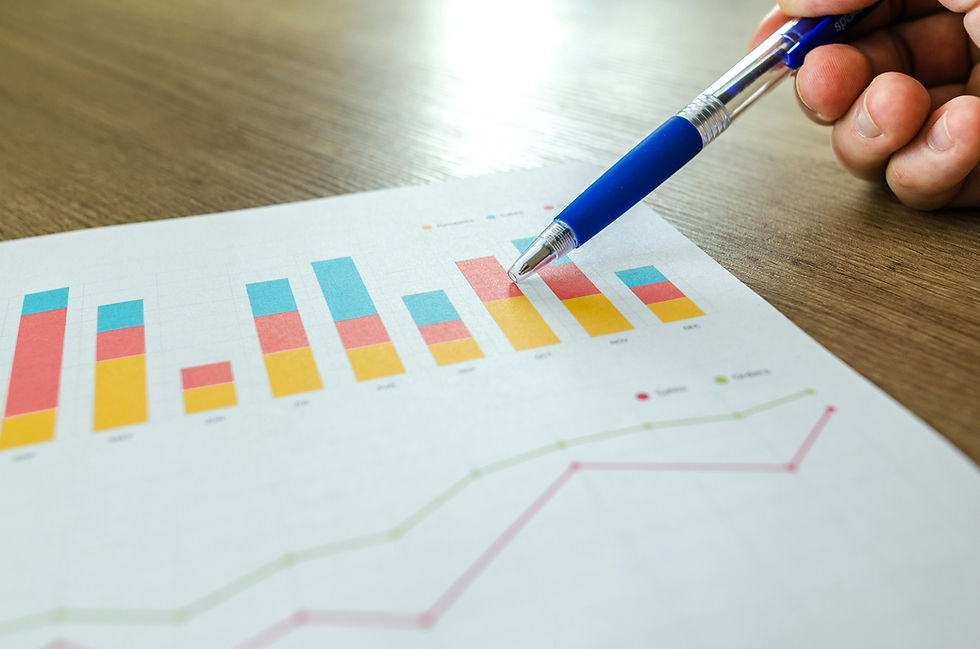The Changing Landscape: Data Science Trends
- 7wdata.be
- 16 jul 2021
- 3 Min. de lectura
Year after year, data science techniques mature and deliver outstanding results with successful implementations. 2016 ends with organizations embracing Big Data Analytics, Artificial Intelligence, and Data Science as key differentiators in their business processes.
There have been various developments in the field of datascience and related technologies. We saw growth in Data Scientists from all fields of profession and study. Most consulting enterprises established Analyticsand Data Science as one of their key offerings, with many niche startups mushrooming to grab a space in this area.

The advantage that we have is the increased contribution of the Data Scientists to open source development communities, laying out new thought processes in the analytics industry and bringing out innovative ways to solve business problems. These factors with other emerging technologies like cloud, big data, and mobile technologies have led to the evolution of new trends in data science. Let us look at a high level evolution of data science and its related technologies in the past, and discuss new emerging trends in the field of data science:
Data Science: First appeared as a term in early 1997 in a lecture by C.F. Jeff Wu, called “Statistics = Data Science?”. In 2008, DJ Patil and Jeff Hammerbacher for the first time used the words “Data Scientists” to describe their teams. The year 2010 marked the rise of Data Science and Data Scientists when enterprises started to practice it in their trades.
Big Data Analytics: The rise of data science is coupled with the growth of big data. Big data is a termed coined for an amount of data with high volume, velocity, and veracity. Though in the past, we had sufficient space available to store big data, but there was limited access to analyze and process this data.
For the first time in 2004, Google published research papers on Google File System (GFS) to store and process big data. Later, in 2006, Yahoo developed its first prototype on Hadoop, which was open sourced and became the heart of big data analytics. For a data scientist, it is of the utmost importance to learn techniques to tap into the intelligence from big data. This requires them to understand and execute the Machine Learning algorithms and data science techniques in these big data analytics platforms and tools.
Cloud and Data Science: Cloud reduced the overall cost of infrastructure, software, and platforms. This makes it ideal for analyzing Big Data and storing large sets of data online at a reduced cost and minimum maintenance overhead. The cloud-based data science and machine learning platforms provide an ideal environment for data scientists to access data stored in the cloud, process it, and analyze them in the cloud.
Data Science for Internet of Things (IoT): Data Science sits at the core of Internet of Things to makes the things smart as well as capture insights from the connected things (Sensors, actuator, and machines). The methodology for Data Science implementations in an IoT environment is different from traditional techniques. As per Gartner, there would be 21 billion connected IoT devices which makes it essential for a Data Scientist to learn the applications of Data Science in IoT environments.
Natural Language Processing (NLP) is the ability to comprehend human language.
Some opinions expressed in this article may be those of a guest author and not necessarily Analytikus. Staff authors are listed http://www.7wdata.be/data-analysis/the-changing-landscape-data-science-trends/




